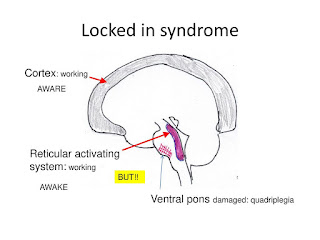INTRODUCTION
Oedema occur when something distupt the usual balance of fluid in cell.As a result,an abnormal fluid accumulate in tissue(interstitial space).gravity pull the fluid into the leg.
TYPES OF OEDEMA
Pitting odema-indentation persists even after release of pressure.
non pitting oedema-indentation made by pressure does not persists
CAUSES
TEMPORARY CAUSES ARE
injury
sitting and standing too long
Pregnancy
hormonal chnages
excessive salt intake
drug reactions;drug that may cause peripheral oedema are;high blood pressure modification
corticosteroids
NSAIDs
hormones like oestrogen and testosterone
opiods
calcium channel blockers
diabetic drugs
anticonvulsants
antidepressants,proton pump inhibitor
DISEASE ASSOCIATED WITH OEDEMA
venous insufficieny
heart failure
pericarditis
malnutrition
cancer
pulmonary hypertension
renal failure
lymphoedema
sleep apnea
PHYSIOTHERAPY MANAGEMENT
Massage is used to reduce oedema,it is often combined with elevation,active exercise,passive movement and elastic compression to hvae the lasting effect
ELEVATION- raise the bed end above the level of heart to reduce the oedema
Massage is administrated in the form of deep effleurage,picking up and friction
For soft oedema-effleurage ids used frquently along with light kneading
For endurant oedema-deep kneading and friction interspread with effleurage
The proximal area should be drained first,then the distal area is approached.To end with, the whole area should be drained once again
EFFECTS
the chance of accumulation of waste prevented/minimized
stagnation of blood and lymph is reduced
venous lymphatic drainage improves
oedema reduces
facilitates the circulation in the capillaries
increases the blood flow
keep the structure free from adhesion
CONTRAINDICATION
High fever
Sever renal and cardiac diseases
Osteoporosis
severe spasticity
acute inflammation
recent fracture
varicose vein
thrombosis and ateriosclerosis
myosities ossificans and malignancy

Comments
Post a Comment